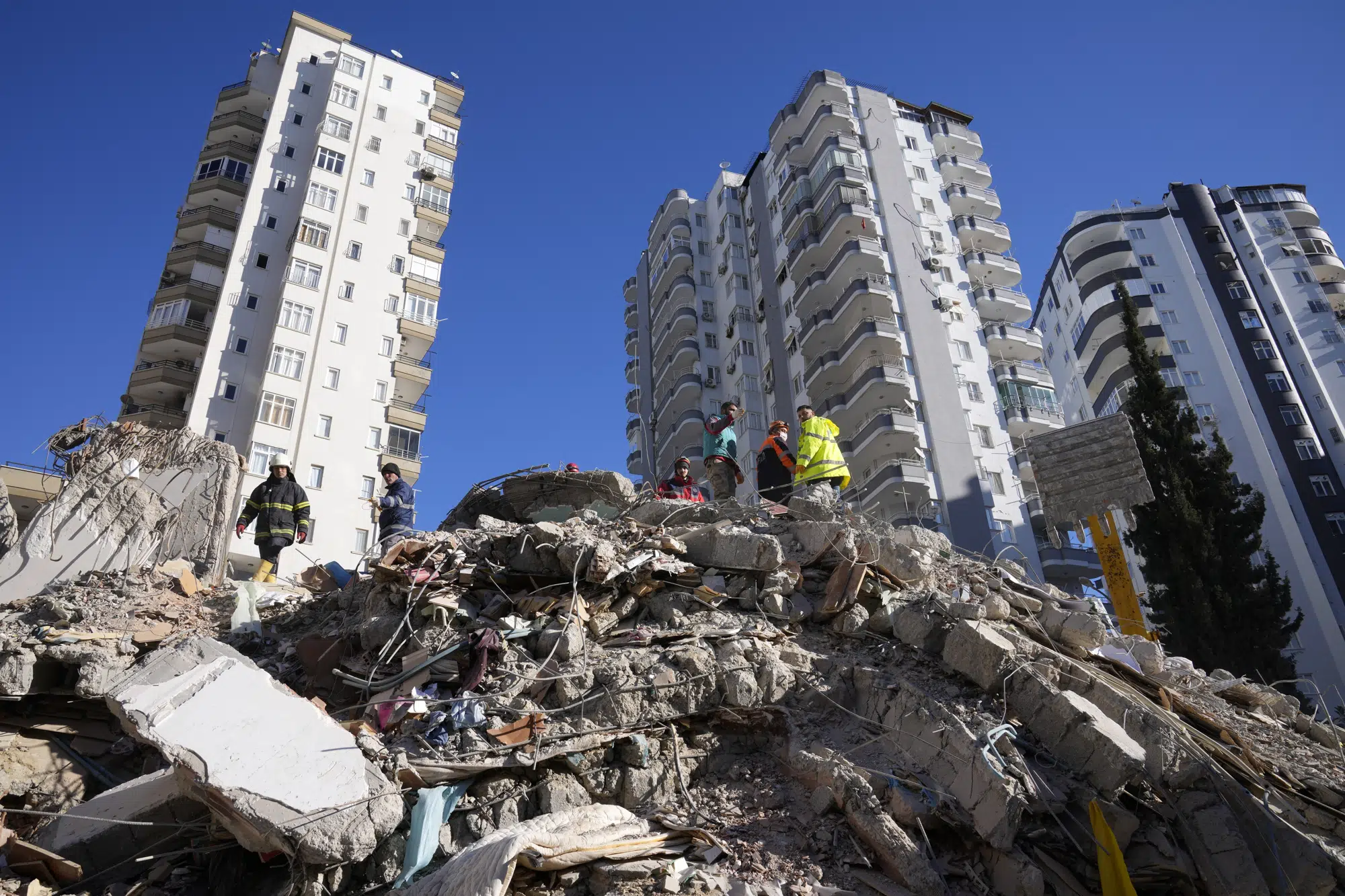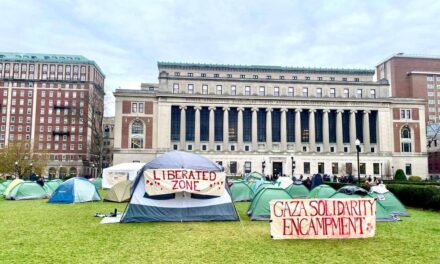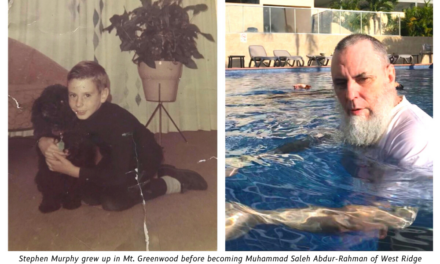TOKYO (AP) — Mountains of rubble and twisted metal. Death on an unimaginable scale. Grief. Rage. Relief at having survived.
What’s left behind after a natural disaster so powerful that it rends the foundations of a society? What lingers over a decade later, even as the rest of the world moves on?
Similarities between the calamity unfolding this week in Turkey and Syria and the triple disaster that hit northern Japan in 2011 may offer a glimpse of what the region could face in the years ahead. They’re linked by the sheer enormity of the collective psychological trauma, of the loss of life and of the material destruction.

A woman sits on the rubble as emergency rescue teams search for people under the remains of destroyed buildings in Nurdagi town on the outskirts of Osmaniye city southern Turkey, Tuesday, Feb. 7, 2023. (AP Photo/Khalil Hamra, File)
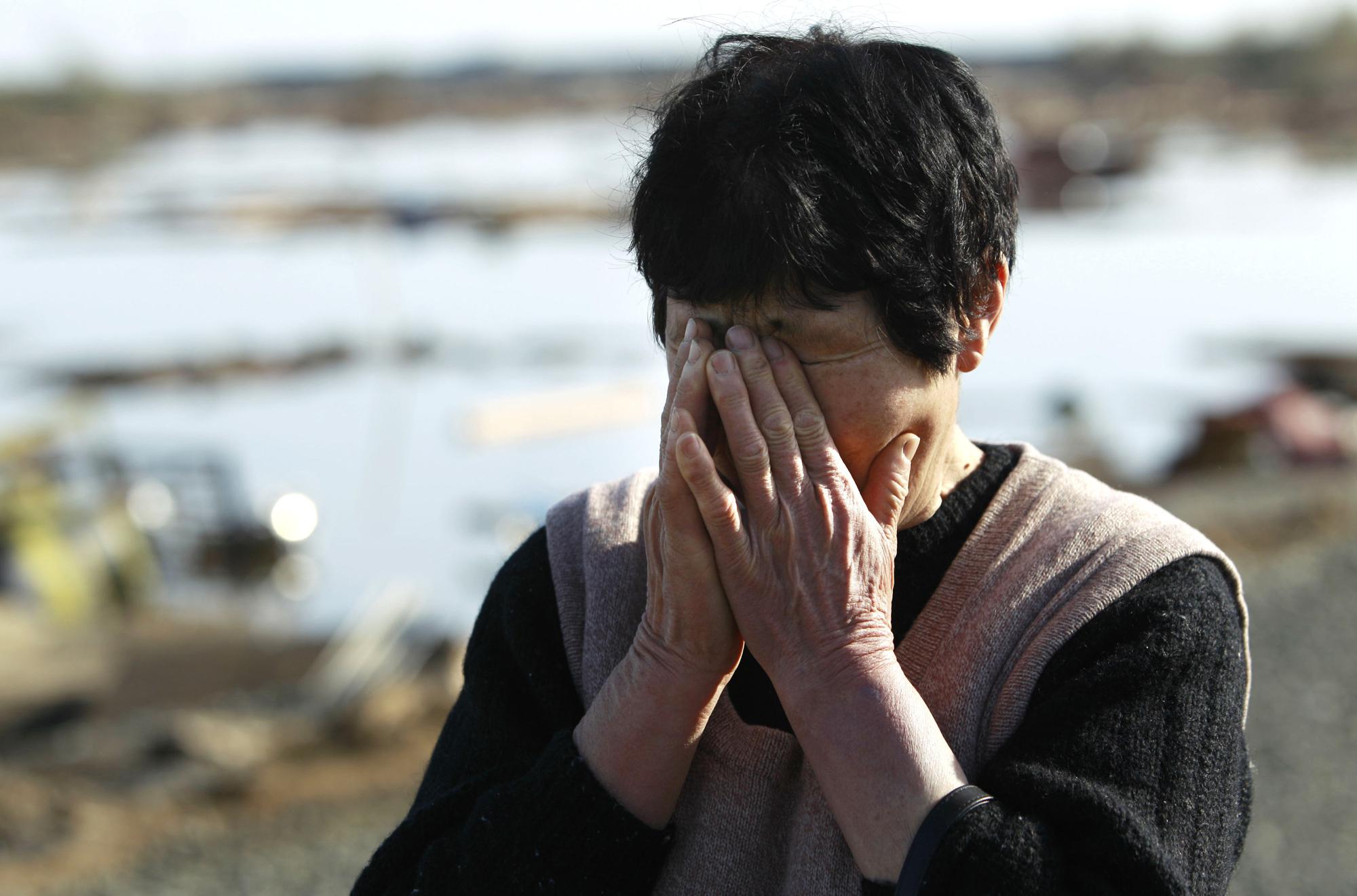
A woman sits on the rubble as emergency rescue teams search for people under the remains of destroyed buildings in Nurdagi town on the outskirts of Osmaniye city southern Turkey, Tuesday, Feb. 7, 2023. (AP Photo/Khalil Hamra, File)
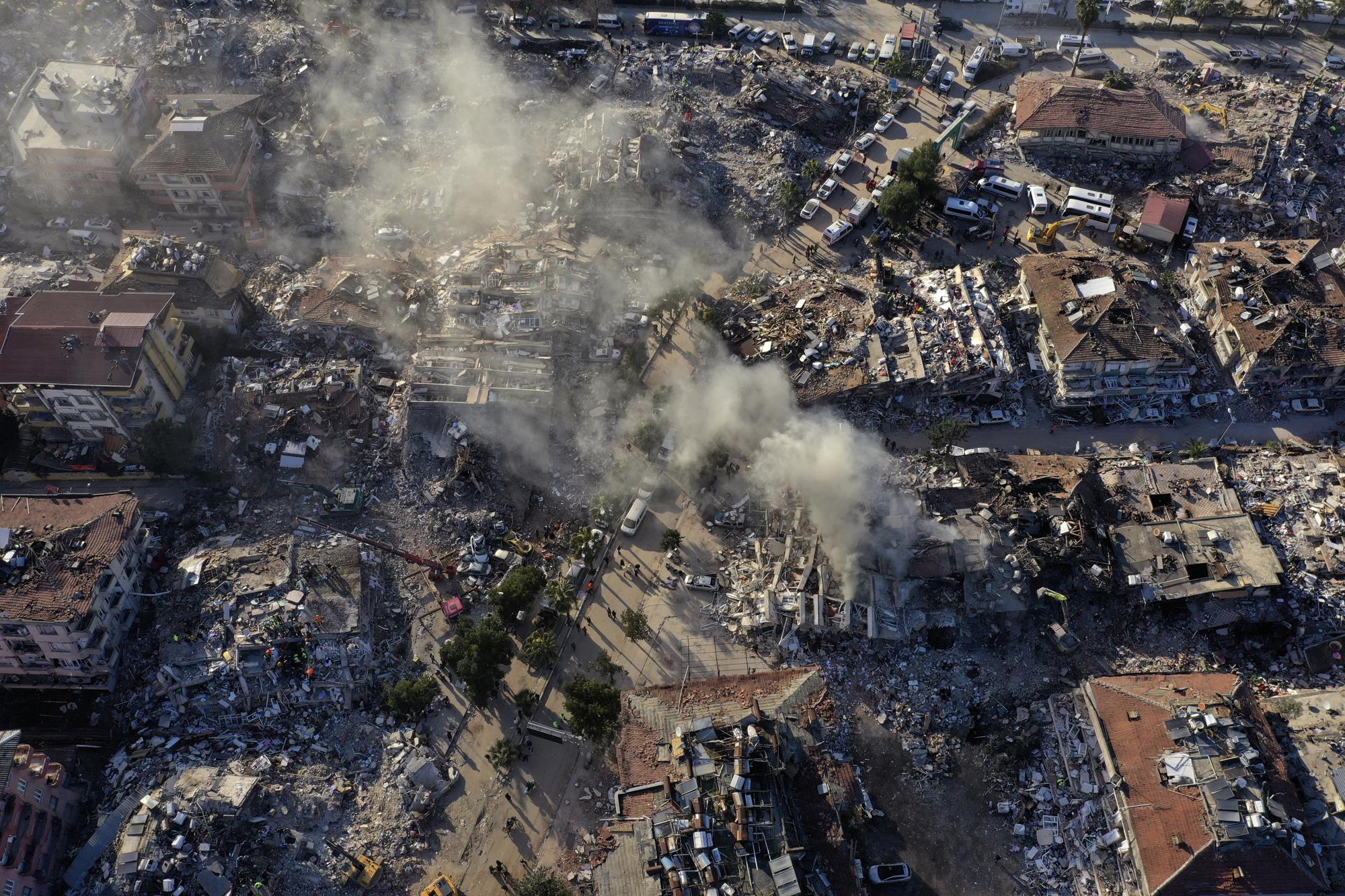
FILE – Destroyed buildings are seen from above in Antakya, southeastern Turkey, Thursday, Feb. 9, 2023. The 2011 quake, tsunami and nuclear meltdown in northern Japan provides a glimpse of what Turkey and Syria could face in the years ahead. No two events are alike, but the recent disaster resembles Japan’s in the sheer enormity of the psychological trauma, of the loss of life and of the material destruction. (AP Photo/Hussein Malla, File)
The combined toll of Monday’s 7.8 magnitude earthquake rose past 20,000 deaths as authorities announced the discovery of new bodies Thursday. That has already eclipsed the more than 18,400 who died in the disaster in Japan.
That magnitude 9.0 earthquake struck at 2:46 p.m., March 11, 2011. Not long after, cameras along the Japanese coast captured the wall of water that hit the Tohoku region. The quake was one of the biggest on record, and the tsunami it caused washed away cars, homes, office buildings and thousands of people, and caused a meltdown at the Fukushima Daiichi nuclear power plant.
Huge boats were dropped miles away from the ocean in the towering jumbled debris of what had once been cities, cars toppled on their sides like playthings among the ruined streets and obliterated buildings.
Many wondered if the area would ever return to what it was before.
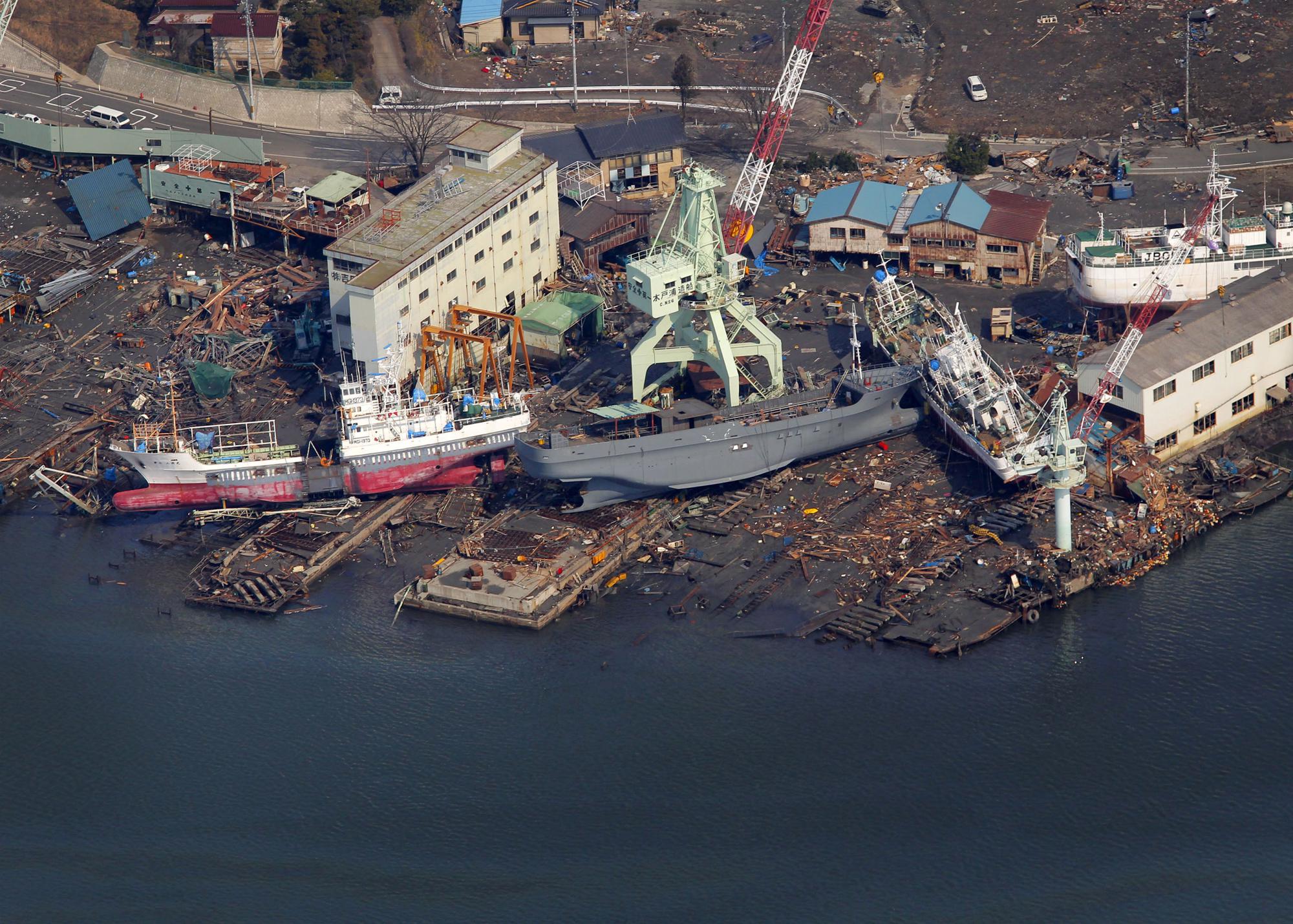
ILE – Ships washed away by tsunami sit on the land near a port in Kesennuma, Miyagi Prefecture, Japan, on March 13, 2011, after Japan’s biggest recorded earthquake hit its eastern coast on March 11. The 2011 quake, tsunami and nuclear meltdown in northern Japan provides a glimpse of what Turkey and Syria could face in the years ahead. No two events are alike, but the recent disaster resembles Japan’s in the sheer enormity of the psychological trauma, of the loss of life and of the material destruction. (AP Photo/Itsuo Inouye, File)
A big lesson from Japan is that a disaster of this size doesn’t ever really have a conclusion — a lesson Turkey itself knows well from a 1999 earthquake in the country’s northwest that killed some 18,000 people. Despite speeches about rebuilding, the Tohoku quake has left a deep gash in the national consciousness and the landscapes of people’s lives.
Take the death toll.
Deaths directly attributable to the quake in Turkey will level off in coming weeks, but it’s unlikely to be the end.
Japan, for instance, has recognized thousands of other people who died later from stress-related heart attacks, or because of poor living conditions.
And despite hundreds of billions of dollars spent in Japan on reconstruction, some things won’t ever come back — including a sense of place.
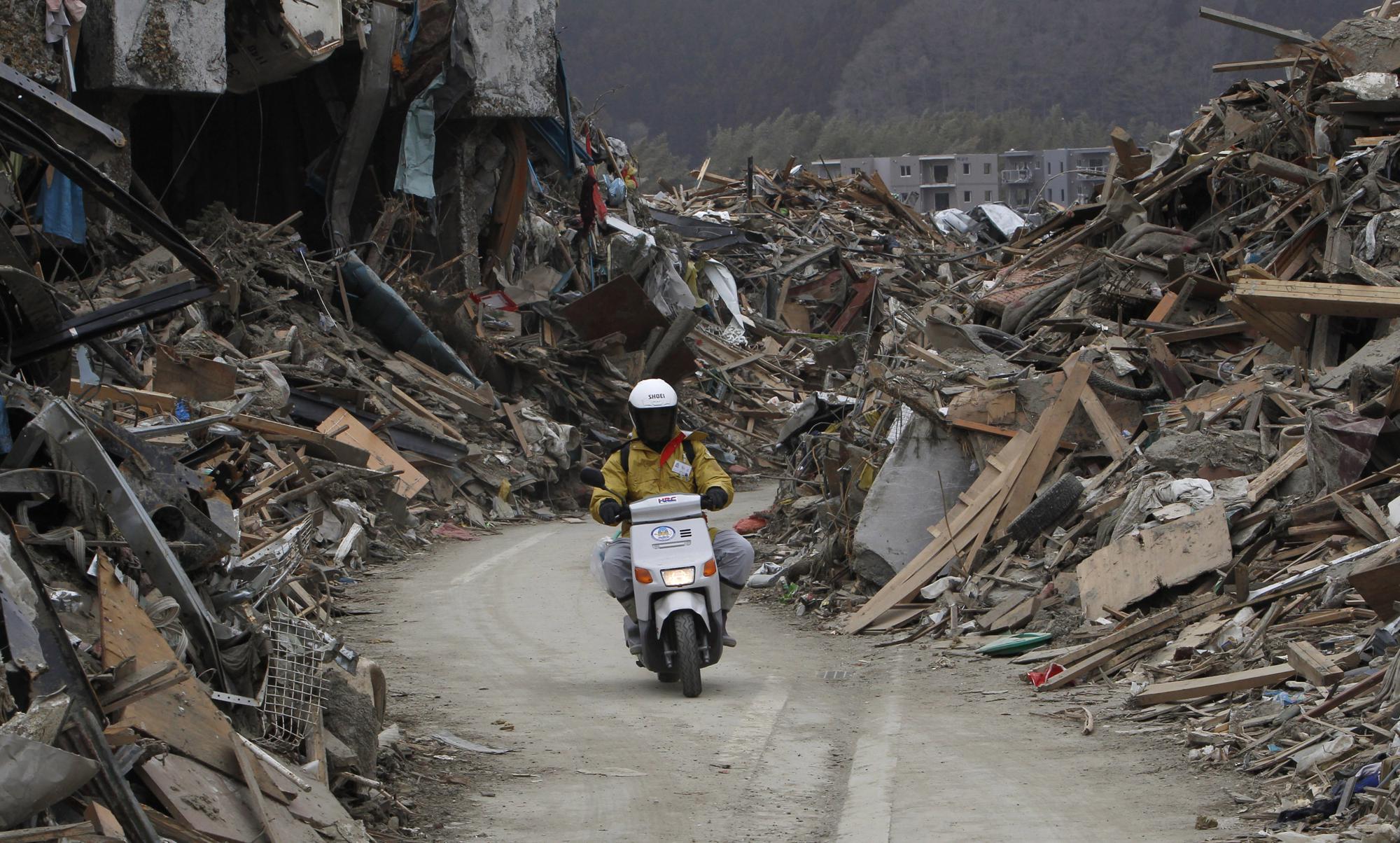
FILE – A man rides his motorcycle on a makeshift road amid rubble in Rikuzentakata, Iwate Prefecture, northern Japan, on March 20, 2011, after the March 11 earthquake and tsunami devastated the area. The 2011 quake, tsunami and nuclear meltdown in northern Japan provides a glimpse of what Turkey and Syria could face in the years ahead. No two events are alike, but the recent disaster resembles Japan’s in the sheer enormity of the psychological trauma, of the loss of life and of the material destruction. (AP Photo/Shizuo Kambayashi, File)
Before the quake, Tohoku was filled with small cities and villages, surrounded by farms, the ports filled with fleets of fishing boats. It’s one of the wildest, most beautiful coastlines in Japan.
Today, while the wreckage of the quake and tsunami has largely been removed and many roads and buildings rebuilt, there are still large areas of empty space, places where buildings haven’t been erected, farms haven’t been replanted. Businesses have spent years trying to reconstruct decimated customer bases.
Just as workers once did in Japan, an army of rescuers in Turkey and Syria are digging through obliterated buildings, picking through twisted metal, pulverized concrete and exposed wires for survivors.
What comes next won’t be easy.
In Japan, there was initially a palpable pride in the country’s ability to endure disaster. People stood calmly in long orderly lines for food and water. They posted notices on message boards in destroyed towns with descriptions of loved ones in the hopes that rescue workers would find them.
After what locals called the Great East Japan Earthquake, the dead in Tohoku were left by piles of rubble, neatly wrapped in taped-up blankets, waiting to be taken away by workers still combing through the detritus for anyone left alive.
The long haul of rebuilding has challenged this resolve. The work has been uneven and, at times, painfully slow, hampered by government incompetence, petty squabbling and bureaucratic wrangling. Nearly half a million people were displaced in Japan. Tens of thousands still haven’t returned home.
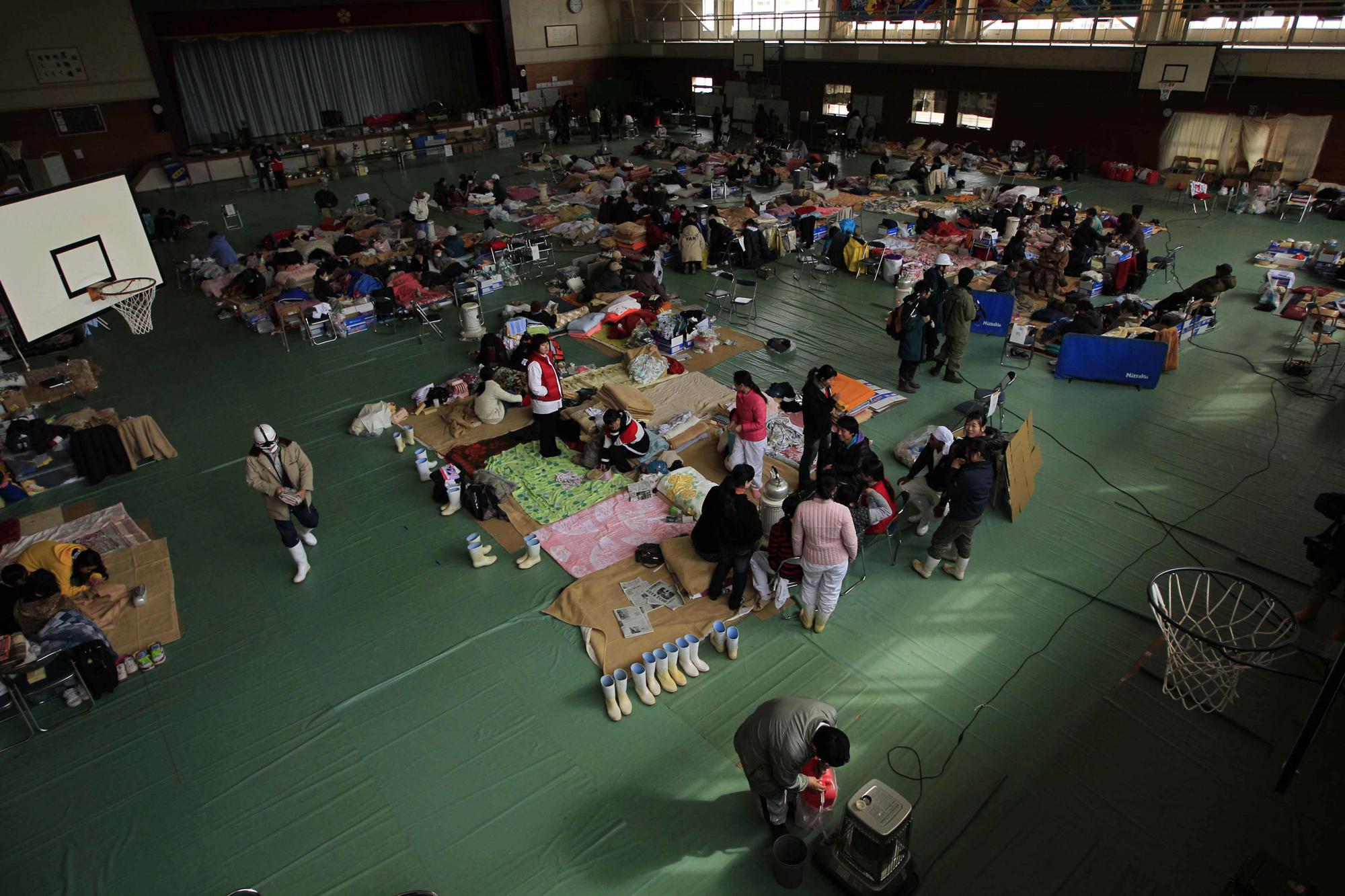
FILE – Local people gather in a school gymnasium being used as an evacuation center for those whose homes were damaged by the tsunami in Ofunato, Japan, on March 16, 2011. The 2011 quake, tsunami and nuclear meltdown in northern Japan provides a glimpse of what Turkey and Syria could face in the years ahead. No two events are alike, but the recent disaster resembles Japan’s in the sheer enormity of the psychological trauma, of the loss of life and of the material destruction. (AP Photo/Matt Dunham, File)
The issue has seeped into politics, especially as the debate continues about how to handle the aftermath of catastrophic meltdowns at the Fukushima Daiichi nuclear plant. Years later, a fear of radiation permeates, and some areas of northern Japan have placed radiation counters in parks and other public areas. Officials and experts are still undecided how to remove the highly radioactive melted fuel debris in the reactor.
There’s already been criticism that the Turkish government has failed to enforce modern construction codes for years, even as it allowed a real estate boom in earthquake-prone areas, and that it has been slow to respond to the disaster.
The years since 2011 have seen another failure, one officials in Japan have acknowledged: an inability to help those traumatized by what they experienced.
Some 2,500 people are unaccounted for across Tohoku, and people are still searching for their loved ones’ remains. One man got a diving license and has gone on weekly dives for years trying to find evidence of his wife.
People still occasionally unearth victims’ photo albums, clothes and other belongings.
Perhaps the most telling connection, however, is the sharp empathy shared by those who have survived a cataclysmic disaster, and the gratitude at seeing strangers help ease their suffering.
A group of about 30 rescue workers from Turkey were in the hard-hit town of Shichigahama for about six months in 2011 for search and rescue operations.
Shichigahama locals have not forgotten. They have now started a donation campaign for Turkey. One man said this week that he wept as he watched the scenes in Turkey, remembering his town’s ordeal 12 years ago.
“They bravely walked through the debris to help find victims and return their bodies to their families,” Mayor Kaoru Terasawa told reporters of the Turkish aid workers who came to Japan. “We are still so thankful to them, and we want to do something to return the favor and show our gratitude.”
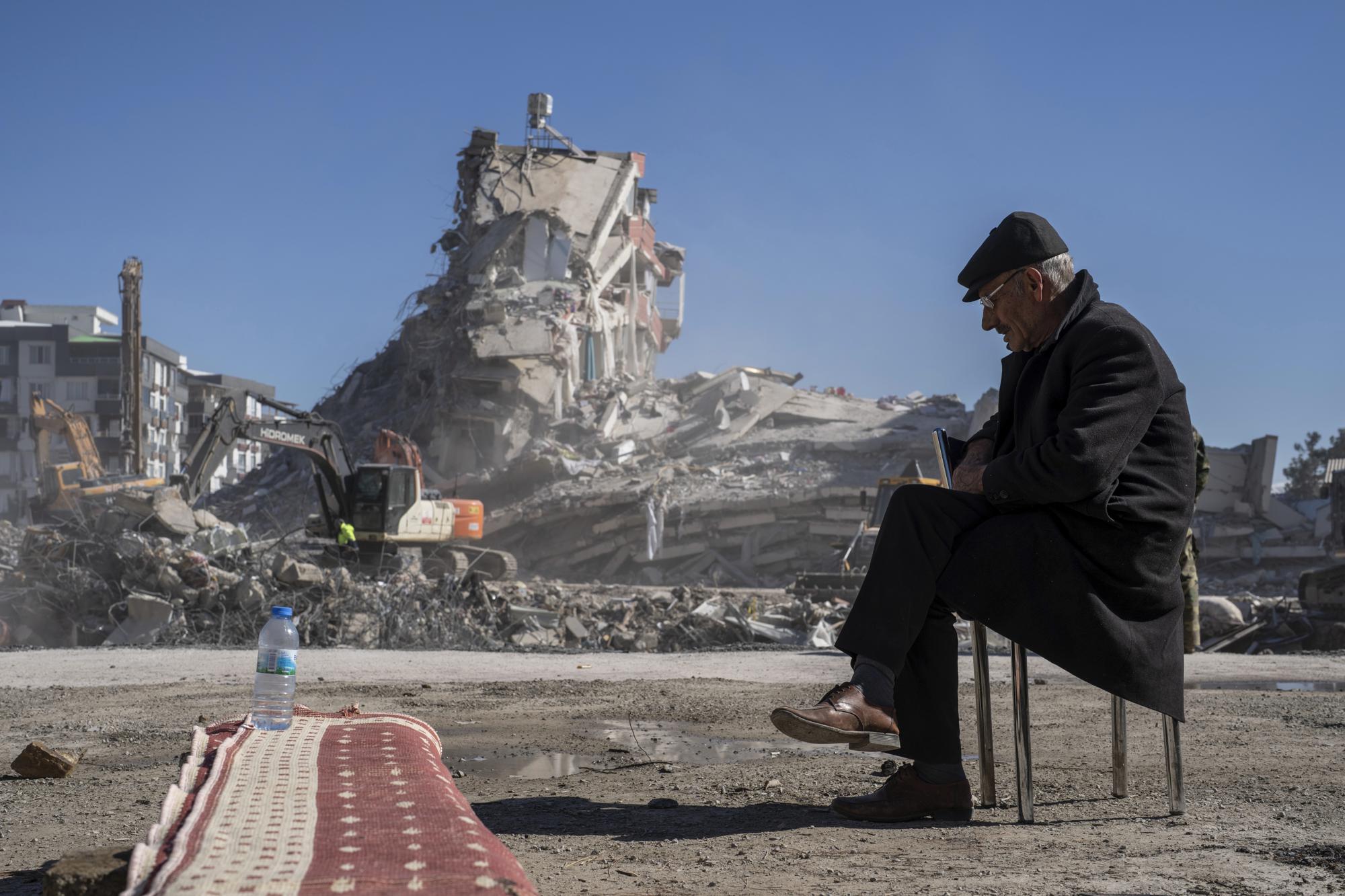
FILE – Mehmet Nasir Duran, 67, sits on a chair as heavy machines remove debris from a building where five of his family members are trapped in Nurdagi, southeastern Turkey, Thursday, Feb. 9, 2023. The 2011 quake, tsunami and nuclear meltdown in northern Japan provides a glimpse of what Turkey and Syria could face in the years ahead. No two events are alike, but the recent disaster resembles Japan’s in the sheer enormity of the psychological trauma, of the loss of life and of the material destruction. (AP Photo/Petros Giannakouris, File)
AP reporter Mari Yamaguchi in Tokyo contributed to this story.
Foster Klug, AP’s news director for Japan, the Koreas, Australia and the South Pacific, reported from Tohoku after the 2011 quake, and has covered Japan since 2005.
